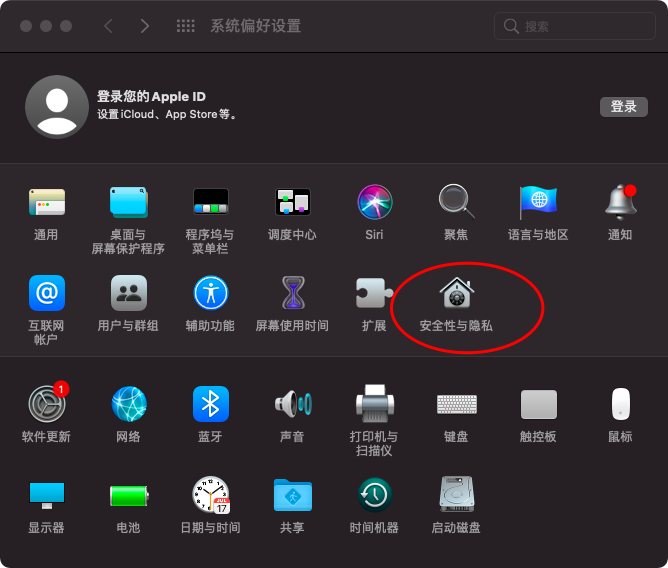中文化、本土化、云端化的在线跨平台软件开发工具,支持APP、电脑端、小程序、IOS免签等等
生成一个简单的EXE文件包括以下几个步骤:编写汇编语言源代码(ASM文件)-> 使用汇编器将ASM源代码转换为目标文件(OBJ文件)-> 使用链接器将OBJ文件转为可执行文件(EXE文件)。下面我们来详细介绍这些步骤。
创建汇编语言源代码(ASM文件):
首先你需要编写一个简单的汇编程序。例如,一个简单的汇编程序可以使用x86汇编语言编写,如下:
```assembly
; hello.asm
; A simple program that writes "Hello, World!" to the console and then exits.
section .data
hello db 'Hello, World!',0
section .text
global _start
_start:
; Write "Hello, World!" to the console
mov eax, 4 ; 'write' system call
mov ebx, 1 ; file_descriptor, stdout
lea ecx, [hello]
mov edx, 13 ; length of the string
int 0x80
; Exit the program
mov eax, 1 ; 'exit' system call
xor ebx, ebx ; exit code 0
int 0x80
```
使用汇编器将ASM源代码转换为目标文件(OBJ文件):
下载并安装一个适合你操作系统的汇编器,例如 NASM。使用以下命令来将ASM源代码转换为OBJ文件:
```
nasm -f win32 hello.asm -o hello.obj
```
使用链接器将OBJ文件转为可执行文件(EXE文件):
需要一个链接器将OBJ文件转换为EXE文件。这里我们使用Microsoft的下载链接Microsoft Visual Studio命令提示符或者其他命令提示符中的GoLink。
下载安装GoLink后,将以下语句添加到你的环境变量以方便使用:
```
C:\path\to\GoLink
```
在命令行中,进入你的汇编源代码所在的目录,然后执行如下命令来生成EXE文件:
```
GoLink.exe /entry _start /console /fo hello.exe hello.obj
```
现在, 你已经成功地将一个汇编语言源代码(ASM文件)转换成了可执行文件(EXE文件)。在文件夹中可以找到名为 "hello.exe" 的文件,运行它将会打印出 "Hello, World!".
请注意:这个例子是针对Windows和x86汇编语言。你可能需要对其他操作系统和处理器架构进行相应的调整。不同的汇编器和链接器可能需要使用不同的命令和选项。请参阅相关文档以获取更多详细信息。











